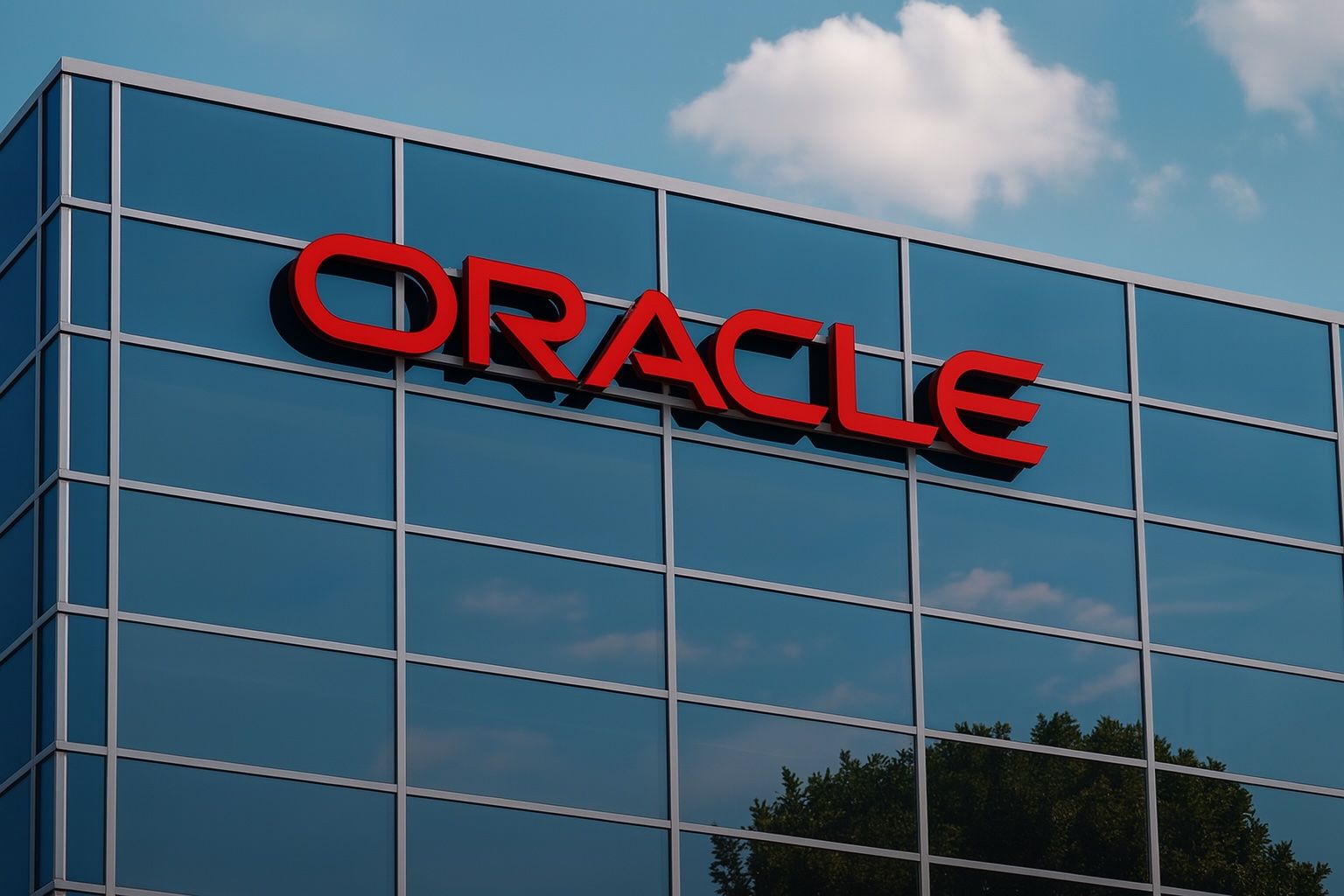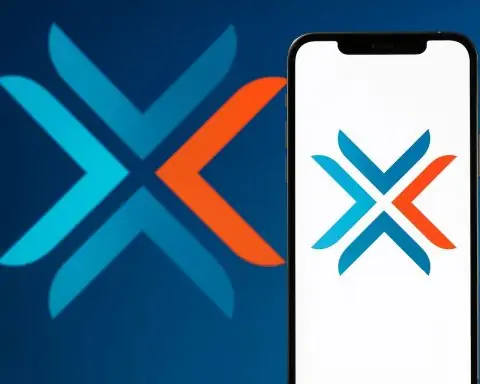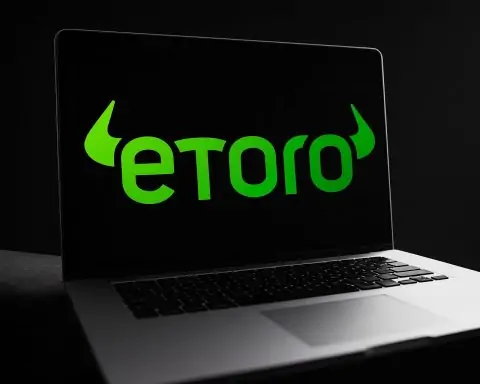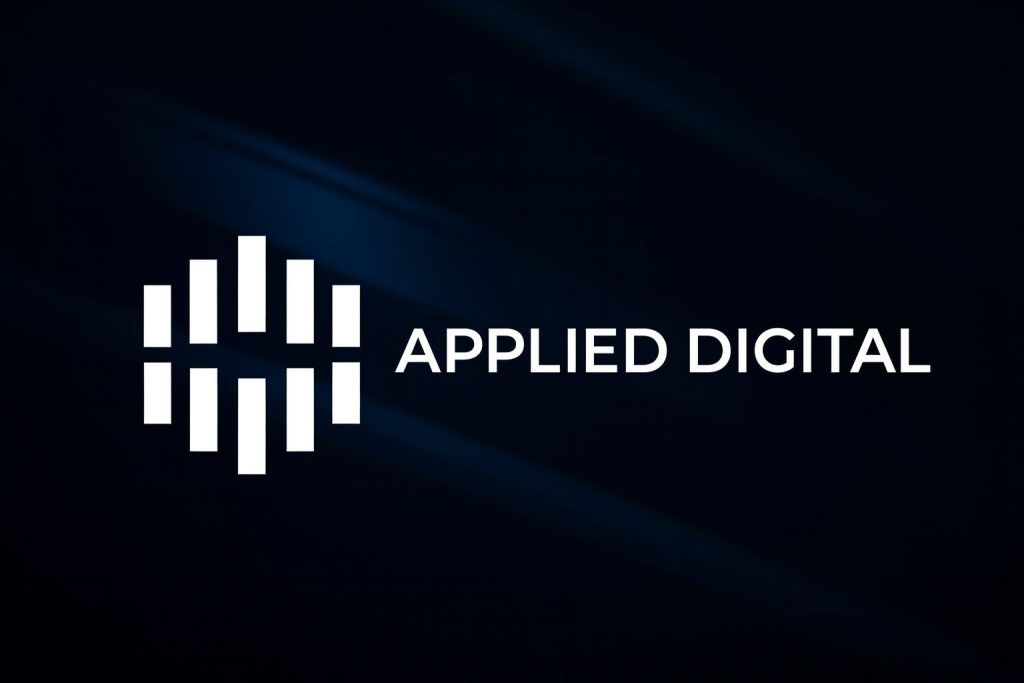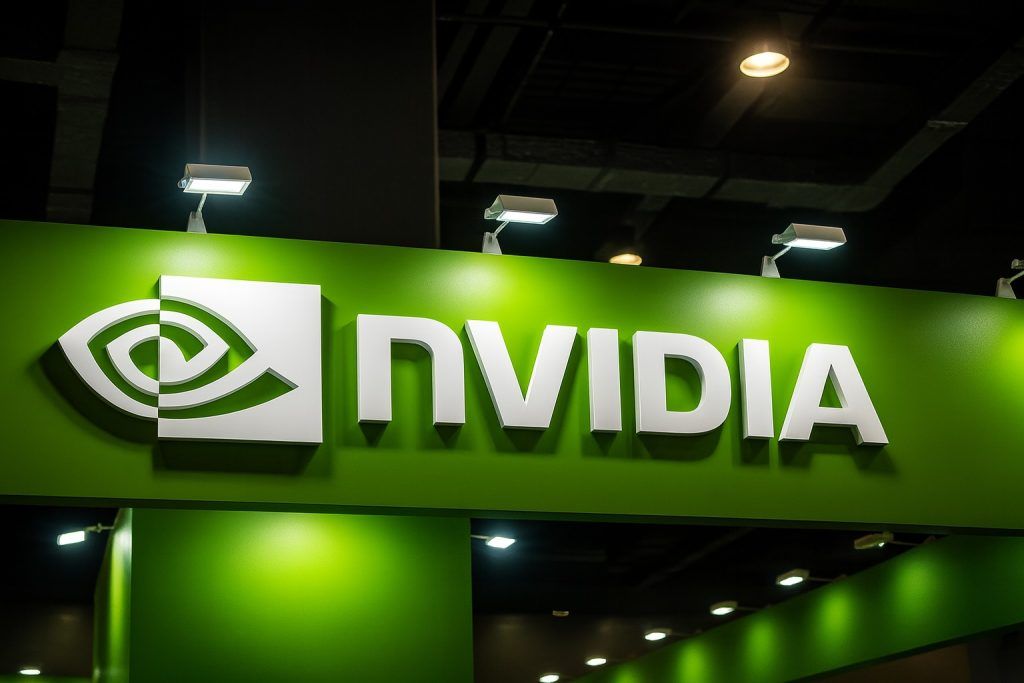Oracle stock is catching its breath on Wednesday after a bruising few weeks.
On November 19, 2025, Oracle Corporation (NYSE: ORCL) closed around $225.53, up about 2.3% on the day, after trading in a $217.31–$228.09 range on roughly 18.6 million shares of volume. That still leaves the stock more than 30% below its 52‑week high of $345.72, though well above its low of $118.86. [1]
Behind today’s move is a dense mix of headlines: a new AI‑ready cloud region in Italy, fresh AI awards in financial services, a cloud‑security partnership, yesterday’s AI‑powered EHR certification, and an ongoing wall of coverage about Oracle’s huge AI bets, rising debt and OpenAI deal fallout. [2]
Below is a breakdown of the key news from and around November 19 that’s driving ORCL today.
1. Oracle stock price today: a rebound after a brutal November
By the closing bell, ORCL had: [3]
- Closed: ~$225.5 (up ~2.3% on the day)
- Day’s range: $217.31 – $228.09
- Prev close: $220.49
- 52‑week range: $118.86 – $345.72
- Market cap: roughly $640 billion
- Dividend: $2.00 annually (~0.9% yield)
- Valuation: trailing P/E ~51–52x, forward P/E ~32x, PEG around 3x [4]
Despite the recent sell‑off, Oracle is still up about 33% year‑to‑date, but down roughly 24% over the last month and about 6–7% over the past week, according to valuation work published today by Simply Wall St. TechStock²
So today’s move is best seen as a bounce inside a sharp correction: the stock is trying to stabilize while the market reprices Oracle’s AI cloud upside vs. its leverage and spending.
2. New Turin cloud region: Oracle doubles down on AI in Italy
The clearest hard catalyst today is Oracle’s official launch of its second public cloud region in Italy, located in Turin. [5]
According to Oracle’s press release:
- The Oracle Cloud Turin Region complements the earlier Milan region as part of Oracle’s distributed cloudstrategy in Europe.
- It’s hosted with Telecom Italia (TIM) and designed for AI workloads, multicloud architectures and “sovereign cloud” needs — where sensitive data must stay within Italian or EU borders. [6]
- Customers get access to the full Oracle Cloud Infrastructure (OCI) stack, including generative AI services, the OCI AI Agent Platform and Oracle AI Data Platform. [7]
Commentary from TS2/TechStock² frames the move as evidence that Oracle is still in full build‑out mode, not pulling back on AI infrastructure despite market jitters over debt and capex. TechStock²
For investors, this matters because:
- It expands Oracle’s European AI footprint, a key growth vector beyond its U.S. customer base.
- It strengthens Oracle’s pitch as a sovereign‑cloud and regulated‑industry player, where compliance and data residency are as important as raw compute.
3. Cloud security ecosystem: Orca Security joins Oracle Cloud Marketplace
Also this morning, Orca Security announced that its Cloud Native Application Protection Platform (CNAPP) is now available via the Oracle Cloud Marketplace and deployable on OCI. [8]
Highlights from the Business Wire release and today’s coverage: [9]
- Orca offers agentless, full‑stack visibility across workloads, identities and configurations using its SideScanning technology.
- It emphasises continuous compliance with frameworks such as NIST, SOC 2, ISO 27001, GDPR and HIPAA – exactly the regulatory mix Oracle targets in finance, healthcare and public sector deals.
Dollar‑wise, this is a small headline. Strategically, it reinforces OCI’s partner ecosystem, making the platform more attractive to enterprises that want AI, data and security tightly integrated on one cloud.
4. AI credibility boost: Oracle tops Chartis RiskTech AI 50 (again)
In financial services, Oracle scored a high‑profile AI win today.
Oracle Financial Services was named the “Overall Winner” in the Chartis RiskTech AI 50 2025 ranking for the second year in a row. [10]
Key points from the Chartis and Oracle announcements:
- Oracle ranked #1 among 50 vendors evaluated worldwide.
- It led three of four category awards: innovation, strategy and impact. [11]
- Chartis highlighted Oracle’s ability to deploy AI at scale for risk, finance and compliance workloads on high‑performance, low‑latency cloud infrastructure. [12]
This doesn’t instantly change Oracle’s revenue run‑rate, but it strengthens the brand where it already has deep ties: banks and insurers. For bulls, it’s another credential that Oracle isn’t just renting GPUs — it’s building vertical AI applications with stickier, higher‑margin economics.
5. Healthcare catalyst in the background: AI‑powered EHR wins ONC certification
Although technically dated November 18, yesterday’s news is still flowing through today’s commentary: Oracle’s next‑generation, AI‑powered electronic health record (EHR) has gained ONC certification. [13]
The ONC press release and follow‑up coverage emphasize that: [14]
- Ambulatory clinics across the U.S. can now deploy the Oracle Health EHR.
- The system uses agentic AI to streamline workflows, improve documentation, and enhance both clinical and patient experience.
MarketBeat’s “Why is Oracle up today?” summary explicitly lists this ONC certification alongside the Chartis award and cloud wins as one of the positive drivers behind today’s 2% gain. [15]
Taken together, the Turin region, financial‑services AI accolade and healthcare certification support a broader narrative: Oracle is trying to monetize AI not just in infrastructure, but across heavily regulated verticals.
6. The giant cloud contract: $30B annual deal underscores the upside
A widely shared Finviz/InsiderMonkey piece this morning revisits Oracle’s massive cloud services contracthighlighted in a recent fund letter. [16]
According to that letter:
- Oracle signed a cloud services contract valued at about $30 billion annually, nearly triple the size of its current $10.3 billion cloud infrastructure business.
- The contract is expected to start contributing revenue in fiscal 2028, giving Oracle multi‑year visibility on a big chunk of future AI infrastructure demand. [17]
This deal is one reason Oracle’s remaining performance obligations (RPO) exploded: Q1 FY26 results showed RPO of $455 billion, up 359% year over year, with total revenue of $14.9 billion (+12% YoY) and cloud revenue of $7.2 billion(+28% YoY). [18]
That backlog is the core of the bull case: Oracle has locked in huge AI workloads; the challenge is funding and delivering the infrastructure profitably.
7. Debt, bonds and the “AI over‑spend” narrative
The flip side of all that AI growth is debt and spending — and that’s where much of today’s skepticism comes from.
Recent Reuters reporting, echoed in Indian and global financial media, says: [19]
- Oracle already has about $104 billion in total debt, including $18 billion in bonds.
- It is reportedly planning to add roughly $38 billion more to fund AI data centers and infrastructure.
- Oracle’s bonds have sold off, with yields rising on issues like 2033 and 2032 notes, as investors demand more compensation for risk.
- 5‑year credit default swap (CDS) spreads on Oracle have widened, making Oracle’s credit an informal proxy for AI infrastructure risk in some investors’ minds.
A Fortune piece today broadens this out, noting that the “Big 5 AI hyperscalers” have roughly quadrupled their use of debt to finance the AI build‑out — and Oracle is very much part of that cohort. [20]
At the equity level, Barron’s and others frame Oracle as an example of AI stocks spending “too much cash” on capex, while investors increasingly reward companies returning capital via dividends and buybacks. [21]
A separate Barron’s article on the “AI bubble” notes that Oracle has slumped nearly 33% since showcasing its massive OpenAI‑linked backlog, underscoring how quickly sentiment flipped from euphoria to concern. [22]
The Financial Times–linked “Curse of ChatGPT” narrative, summarized in the Economic Times, goes further: Oracle’s stock slide since its multi‑hundred‑billion‑dollar OpenAI compute pact has erased roughly $300 billion in market value and knocked tens of billions off founder Larry Ellison’s net worth. [23]
In short: today’s rebound is happening against a backdrop of intense debate over whether Oracle’s AI spending is visionary or excessive.
8. New leveraged ETFs and options strategies: traders pile into ORCL
Today also marks the launch of new trading vehicles directly tied to Oracle’s daily moves.
According to TS2 and Markets Insider coverage: TechStock²
- Direxion rolled out single‑stock leveraged and inverse ETFs, including:
- Direxion Daily ORCL Bull 2X ETF (ticker: ORCU)
- Direxion Daily ORCL Bear 1X ETF (ticker: ORCS)
- The funds are explicitly marketed as short‑term trading tools for experienced investors, not buy‑and‑hold products. Their returns track daily % changes in ORCL (leveraged for the bull fund), which means performance can drift away from Oracle’s long‑term move if held too long.
Meanwhile, a Nasdaq/BNK Invest note highlighted a covered‑call idea on Oracle: TechStock²
- Sell the December 2027 $360 call for about $34.90 while holding ORCL shares, layering that premium on top of the ~0.9% dividend yield.
- The structure implies an ~8.4% annualized yield if the shares are not called, and a potential 76% total return if ORCL climbs to $360 by expiry — which would require roughly a 60% rally from the current price.
- Oracle’s trailing 12‑month volatility is pegged around 57%, underscoring just how violent the swings have been.
These products don’t change Oracle’s fundamentals, but they cement the stock’s role as a trading vehicle for both directional bets and income strategies.
Important: leveraged ETFs and options carry significant risk and are generally suitable only for experienced, risk‑tolerant traders.
9. Flows and ownership: institutions buying, insiders & a U.S. senator trimming
Ownership headlines today cut both ways.
On the institutional side, MarketBeat‑tracked filings show: TechStock²+1
- Primecap Management increased its Oracle stake by about 3.8%, buying roughly 405,525 shares to reach about 11.18 million shares (≈0.4% of Oracle; about 1.9% of Primecap’s portfolio).
- Other firms like TD Waterhouse Canada, Traub Capital and several smaller advisers also added to ORCL positions.
- In total, roughly 42–43% of Oracle’s float is held by hedge funds and other institutional investors.
On the selling side: [24]
- Insiders sold about 204,254 shares, or roughly $60.2 million in value, over the last quarter. Notable sales included EVP Stuart Levey and insider Michael Sicilia at prices in the $300+ range, though insiders still own around 40.9% of the company.
- A U.S. Senator, Tommy Tuberville, disclosed selling between $15,001 and $50,000 worth of ORCL on October 7 (alongside similarly sized sales of Apple, Microsoft, Alphabet, PepsiCo and Owens Corning).
None of these trades are individually huge relative to Oracle’s size, but they add nuance:
- Big long‑only institutions appear comfortable adding into weakness.
- Some insiders and at least one political figure are taking money off the table after the AI‑driven run‑up.
10. Analyst views and valuation: “Moderate Buy” with mid‑$300s targets
Fresh rankings pulled together today show Wall Street still leans bullish, but the tone is more cautious. TechStock²+2MarketBeat+2
From MarketBeat and related coverage:
- Consensus rating is “Moderate Buy”.
- Among ~42 analysts, breakdown is roughly:
- 2 sell
- 10 hold
- 27 buy
- 3 strong buy
- Average 12‑month price target: about $322 on MarketBeat, while StockAnalysis cites a target closer to $336.77from a slightly smaller analyst set. Both imply ~40–50% upside from today’s price.
Recent research notes illustrate the debate: TechStock²+2StockAnalysis+2
- Baird trimmed its Oracle target from $365 to $315 but kept an Outperform rating, highlighting long‑term AI potential but near‑term concern over the pace of build‑out and leverage.
- Jefferies remains far more aggressive with a $400 target, arguing that worries about debt and customer concentration (including OpenAI) are overdone and could set up a large rebound if Oracle executes.
Valuation work from Simply Wall St and others emphasizes that: TechStock²+1
- A discounted cash flow (DCF) model puts fair value around $212–213 (slightly below today’s price), implying Oracle is “about fairly valued” under moderate growth assumptions.
- Oracle’s P/E around 50x is well above the broader software average (~30x), though below the loftiest AI peers.
- Their bull case reaches mid‑$300s, assuming >30% revenue growth from AI cloud adoption; the bear case clusters just above $210, with slower growth and persistent balance‑sheet worries.
11. Broader macro narrative: rotation away from high‑spend AI names
Two broader market pieces today set the context for ORCL’s move: [25]
- A Bloomberg story describes a rotation from high‑multiple tech into dividend‑paying stocks, noting that heavily spending AI names like Oracle have seen their “growth + income” appeal dented.
- A Barron’s article argues that companies returning large amounts of cash via dividends and buybacks have lately outperformed big AI spenders — with Oracle cited among those whose aggressive AI capex is under investor scrutiny.
Meanwhile, Zacks flagged Oracle as a “trending stock” today, noting elevated interest from Zacks.com users — a signal that retail attention and volatility remain high. [26]
12. What it all means for ORCL investors today
Putting the November 19 headlines together, the Oracle story right now looks like this: Barchart.com+4TechStock²+4MarketBeat+4
Positives supporting today’s bounce
- Concrete AI expansion: the Turin cloud region adds capacity and credibility in Europe, especially for sovereign and regulated workloads.
- Vertical AI proof‑points: the Chartis RiskTech AI 50 win and ONC‑certified AI‑powered EHR show Oracle turning AI into specific, regulated solutions for finance and healthcare.
- Ecosystem depth: Orca Security’s CNAPP on OCI strengthens the cloud‑security story, while partner and customer wins feed the AI pipeline.
- Huge backlog & contracts: a $455B RPO and a $30B‑per‑year cloud contract slated for 2028 underpin the long‑term growth narrative.
- Analyst and institutional support: consensus remains “Moderate Buy”/“Buy”, with targets in the low‑ to mid‑$300s, and large institutions continue to add positions.
Risks and overhangs still weighing on sentiment
- Leverage: Oracle already carries ~$104B in debt and is reportedly eyeing ~$38B more to fund AI infrastructure, a level of borrowing that is unusual for a mega‑cap software vendor. [27]
- Credit‑market stress: bond price declines and wider CDS spreads signal that fixed‑income investors are nervous about the AI capex plan.
- Valuation: even after a one‑third drawdown, ORCL still trades around 50x trailing earnings with a sub‑1% yield — not obvious “deep value.” [28]
- OpenAI overhang: the FT/Barron’s storyline that Oracle’s OpenAI partnership has coincided with hundreds of billions in lost market value continues to dominate headlines and may cap near‑term enthusiasm. [29]
13. Key things to watch after November 19
Looking forward, several catalysts could determine whether today’s rebound has legs:
- Fiscal Q2 2026 earnings – currently expected in early–mid December, with many calendars pointing to December 8, 2025. Investors will focus on:
- OCI growth vs. that ambitious 77% full‑year forecast,
- updates on AI contracts and utilization, and
- any fresh detail on debt issuance and capex plans. [30]
- Credit‑market moves – if Oracle’s CDS spreads and bond yields stabilize or tighten, it would suggest investors are getting more comfortable with the funding plan.
- AI capex vs. cash‑return signals – any shift toward larger buybacks or higher dividends could help Oracle in the current market environment that’s rewarding cash‑return stories. [31]
- Regulated‑industry wins – additional contract announcements in banking, insurance, or healthcare tied to the AI‑enabled platforms highlighted this week.
Final note
Nothing here is investment advice. Oracle is now a textbook high‑beta AI infrastructure play: the upside from its cloud and AI backlog is undeniable, but so are the funding, execution and valuation risks.
If you’re considering ORCL, today’s news flow suggests focusing on:
- How quickly AI contracts convert into cash,
- Whether debt growth is matched by durable, contractual earnings, and
- Whether Oracle continues to win high‑value vertical AI deals that justify its premium multiple.
References
1. www.investing.com, 2. www.oracle.com, 3. www.investing.com, 4. www.marketbeat.com, 5. www.oracle.com, 6. www.oracle.com, 7. www.oracle.com, 8. www.businesswire.com, 9. www.businesswire.com, 10. www.barchart.com, 11. www.barchart.com, 12. www.oracle.com, 13. www.oracle.com, 14. www.oracle.com, 15. www.marketbeat.com, 16. finviz.com, 17. finviz.com, 18. investor.oracle.com, 19. www.reuters.com, 20. fortune.com, 21. www.barrons.com, 22. www.barrons.com, 23. timesofindia.indiatimes.com, 24. www.marketbeat.com, 25. www.bloomberg.com, 26. sg.finance.yahoo.com, 27. www.reuters.com, 28. www.marketbeat.com, 29. timesofindia.indiatimes.com, 30. stockanalysis.com, 31. www.barrons.com
